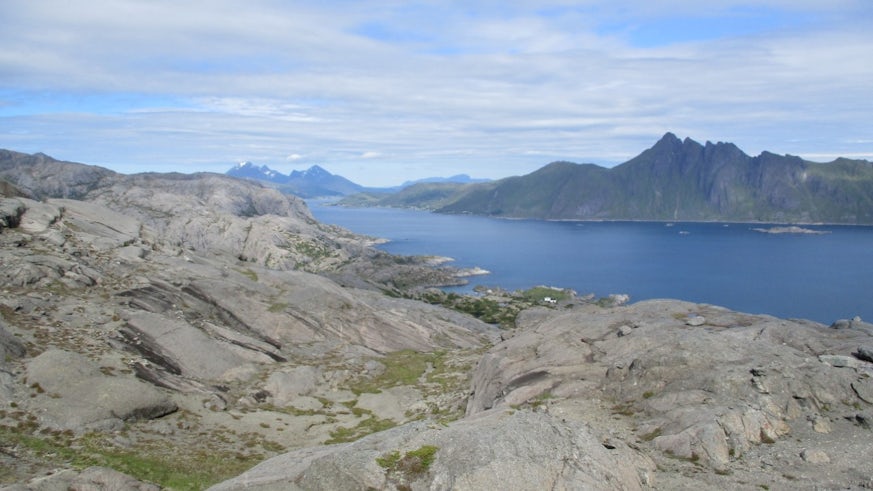New insights into mysterious deep earthquakes
26 March 2020

A major international study has shed new light on the mechanisms which trigger earthquakes deep below Earth’s surface.
Deep continental earthquakes occur more than 25 kilometres below ground. They are unusual, because rocks at those depths are expected to creep too slowly to generate earthquakes.
Deep earthquakes account for around 30 per cent of intracontinental seismic activity. Yet, little is known about what causes these deep seismic events, in large part because any effects are normally hidden underground.
The new study published in Nature Communications suggests that ruptures may be caused by the interaction of different shear zones moving slowly and aseismically, indicating movement without accompanying seismic shock. This interaction loads the adjacent blocks of stiff rocks in the deep crust, until they cannot withstand the rising stress, and rupture - generating earthquakes. The research shows that slow but repeating cycles of deformation along the shear zones bring accumulated stress, punctuated by intermittent earthquakes.
Existing models for deep earthquakes require either a shallower earthquake to act as a trigger, or some other imposed change in conditions, such as chemical reactions. The team’s observations in Lofoten do not require external forcing or ongoing reactions. Instead, they propose a model where the earthquakes nucleate locally and spontaneously in response to ongoing ductile shear in surrounding rocks.
The research was led by the University of Plymouth (UK) and University of Oslo (Norway), with scientists from Cardiff University (UK) and the University of Padova (Italy). They conducted geological observations of seismic structures in exhumed lower crustal rocks on the Lofoten-Vesterålen islands of Norway. The region is home to one of the few well-exposed large sections of exhumed continental lower crust in the world, offering a unique snapshot of ancient earthquakes.
Once buried under mountains of a similar size to the present-day Himalayas, millions of years of uplift and erosion have exposed the rocks that formerly hosted deep earthquakes. Today, they preserve evidence of these events in the form of pseudotachylytes, solidified melt produced during seismic slip.
The scientists spent several months in the Lofoten region, conducting a detailed analysis of the exposed rock and its pristine pseudotachylytes, which cover the fault sets linking the adjacent and intersecting shear zones.
Dr Ake Fagereng from Cardiff University’s School of Earth and Environmental Sciences, said: “This model is important for earthquake hazard in regions of slow deformation, where deep earthquakes are observed (e.g. Central Alpine foreland, India, and East Africa) despite an overall low rate of seismicity. It can account for such earthquakes because of the bulk, slow flow of rocks in the deep crust. This may help account for observation of deep earthquakes in hazard models.”
“Our observation from Lofoten is that deep earthquakes are typically small and driven by flow of surrounding rock. While this means deep earthquakes are typically not a danger at the surface, it also means that earthquakes are capable of nucleating in the deep crust, and could, in rare circumstances, reach a size where they propagate into the shallower crust.”
“This may be at least a partial explanation for the 2001 Bhuj earthquake in India and its aftershock sequence, which involved deep faulting in an area away from major plate boundaries.”
The study is funded by the Natural Environment Research Council.